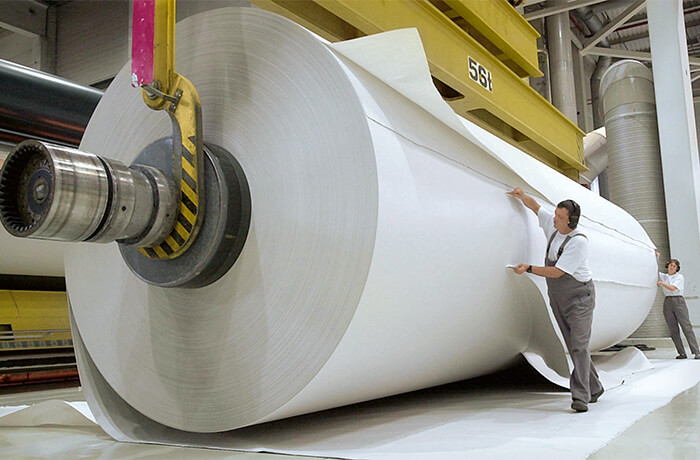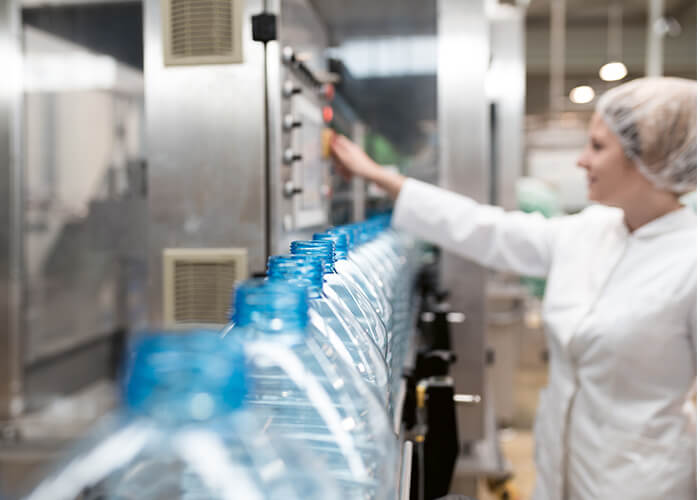
Dossier
Clean Power
Hydrogen + oxygen = countless possible uses. One of them even involves rockets.

Research & Innovation
Green processes, thanks to H₂O₂
The distributed production of hydrogen peroxide is opening up new application areas in agriculture.

Research & Innovation
The advance of hydrogen peroxide
Research, production, application - the most important milestones in the history of H₂O₂.

Interview with ESA Director General
How we benefit from space travel
Jan Wörner on the race for space, eco-friendly fuels—and the inspirational power of space travel.
ELEMENTS Newsletter
Get fascinating insights into the research Evonik is conducting, and its social relevance, by subscribing to our free newsletter.




